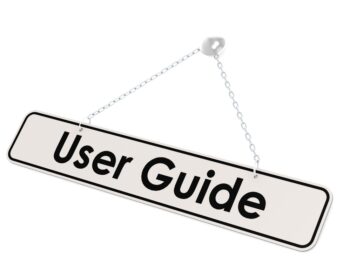
Click Link to Access Free PDF Download
“8 ‘Think Outside the Box’ Tactics to Settle Workers’ Comp Claims”
Understanding an Employment Release
A voluntary resignation and release of any and all employment claims by the employee are outside the scope of the workers’ compensation insurance policy. It is important for all defense interests to coordinate via their defense counsel. The Release must be found in a document separate from the settlement of the workers’ compensation claim and the consideration (money paid to the employee) must be paid by the employer.
An effective Employment Release should be written with the interests of the employee and their employer in mind. Given the numerous legal issues, attorneys representing the employer/insurer are often hesitant to draft such a document as it is outside the scope of their representation. Retaining separate counsel who understands employment law issues may be something to consider.
It is also important that the employee understands what they are giving up under the terms of an Employment Release. Points of contention include:
- The inability of the employee to make a claim against the employer for future unemployment compensation benefits;
- The inability of the employee to make an application for employment with the employer at any point in the future; and
- The inability of the employee to make any employment claims against the employer such as age, gender, and race discrimination, along with claims for interference with and/or retaliation for making a workers’ compensation claim.
Essential Terms to Include in an Employment Release
Any Employment Release that is included in a workers’ compensation claim should be either drafted by and/or reviewed by an attorney specializing in employment law matters. They should also know and understand all applicable state-specific and federal laws governing employment law matters.
Common terms found in such an Employment Release include the following:
- Discrimination: Prominent federal laws in the area of employment prohibit employers from discriminating against employees on the basis of race, color, religion, sex, or national origin. These provisions are found under Title VII of the Civil Rights Act of 1964. Other important federal laws include the Americans with Disabilities Act and equal pay laws. State laws typically mirror federal standards, but can also exceed the minimum thresholds or include other classes (g. – sexual orientation, marital status, economic status/receipt of public assistance) of employees.
- Retaliation: Most states have anti-retaliation provisions in their workers’ compensation laws that create a civil cause of action against employers who harass or intimate employees who file claims. Case law in many states has extended legal protections to all employees, including those not legally authorized to work inside the United States.
- Sexual Harassment and Emotional Distress: The #MeToo Movement has given rise to a renewed national consciousness regarding sexual harassment and assault in the workplace. Claims can include the intentional or negligent infliction of emotional distress under tort law.
- Contract Claims and Breach of Contract: Employees can also allege their employers violated the terms of a workplace contract. This is often the case in dealing with employee’s subject to a collective bargaining agreement. While employees are generally considered “at will,” claims can be made for implied or express contracts.
- Payment of Wages: Wage disputes are common for employee’s subject to overtime pay. The non-payment of a bonus can also be an issue when an employee is subject to termination at the end of a quarter or year-end.
It is important to avoid using forms. Failure to fully understand the law may prove catastrophic for all defense interests involved in a workers’ compensation claim.
Conclusions
Members of the claim management team need to seek opportunities to reduce risk and maximize the effectiveness of a workers’ compensation settlement. One such option is to seek a global settlement where the employee agrees to voluntarily resign their employment from the employer. It is important that the claim management team, employer and defense counsel discuss these issues and coordinate in an effective manner.

Author Michael Stack, CEO Amaxx LLC. He is an expert in workers’ compensation cost containment systems and helps employers reduce their workers’ comp costs by 20% to 50%. He works as a consultant to large and mid-market clients, is a co-author of Your Ultimate Guide To Mastering Workers Comp Costs, a comprehensive step-by-step manual of cost containment strategies based on hands-on field experience, and is founder & lead trainer of Amaxx Workers’ Comp Training Center.
Contact: mstack@reduceyourworkerscomp.com.
Workers’ Comp Roundup Blog: https://blog.reduceyourworkerscomp.com/
©2019 Amaxx LLC. All rights reserved under International Copyright Law.
Do not use this information without independent verification. All state laws vary. You should consult with your insurance broker, attorney, or qualified professional.














